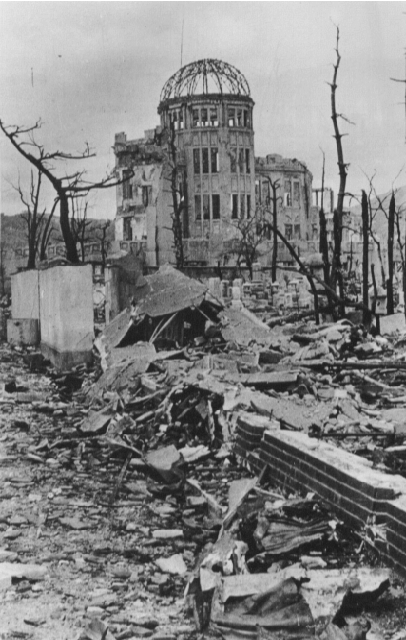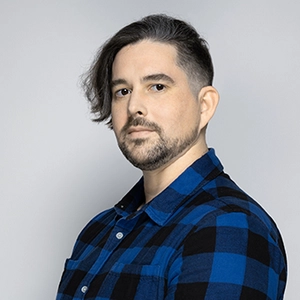On August 6, 1945, the world was forever changed when U.S. forces dropped atomic bombs on Hiroshima and Nagasaki, effectively ending WWII but showing the world the destructive power of humanity’s invention and indirectly launching the Cold War.
Today marks the 75th anniversary of the bombings. Czech President Miloš Zeman has sent a letter of condolences to Hiroshima Mayor Kazumi Matsui, the Presidential Office states on its website.
“Allow me, on behalf of the people of the Czech Republic and in my own name, to express my deepest condolences over the loss of the lives of so many innocent people and, even after many years, to recall an event that should be a deterrent not only for us but for all future generations,” Zeman writes.
One of the only buildings to survive the Hiroshima bombing, the Hiroshima Prefectural Industrial Promotion Hall, has a Czech connection.
Now known as the Hiroshima Peace Memorial, the building was designed by Czech architect Jan Letzel, who was born in Bohemia but emigrated to Tokyo in the early 1900s, where he founded an architectural studio with friend Karel Hora.
Because the atomic bomb exploded in the sky almost directly above the Promotion Hall, it was largely spared the destruction that followed though the rest of the blast zone. Though its windows were shattered and portions of the facade crumbled, most of the structure remained intact, include its distinctive top dome.

Spared demolition, the skeletal remains of the Promotion Hall became the key structure of the Hiroshima Peace Memorial Park, constructed between 1950 and 1964 around the building.
Re-branded as the the Hiroshima Peace Memorial, the structure stands today in almost the exact condition it did following the bombing, with only minor changes made to ensure its stability.
Following the creation of an independent Czechoslovakia in 1918, Jan Letzel was appointed a commercial attaché at the Czechoslovak embassy in Tokyo, travelling between Japan and the Czech Republic until his death in 1925.
Letzel witnessed many of the buildings he designed in Tokyo crumble during the 1923 Great Kantō earthquake, while his most iconic creation survived the atomic bomb two decades later.
Two days ago, two devastating blasts rocked the Lebanese capital of Beirut, leaving (so far) 157 dead, dozens missing, and thousands injured. In most photos of the blast zone, a single building can be seen standing amidst the rubble.
Incredibly, Czech architects were behind this structure as well. The Beirut Port Silo, which houses Beirut’s grain supply, was built by the Czech firm Prumstav between 1968-1970. Due to the blasts, Lebanon now has less than one month’s reserves of grain.
Unfortunately, the Czech-made grain silo is unlikely survive much longer.
Jiří Požár, former Prumstav production manager, has told journalists today that while the grain silo withstood two wars and damage from missiles, the latest explosion has likely caused irreparable damage to the structure.












 Reading time: 2 minutes
Reading time: 2 minutes 






















